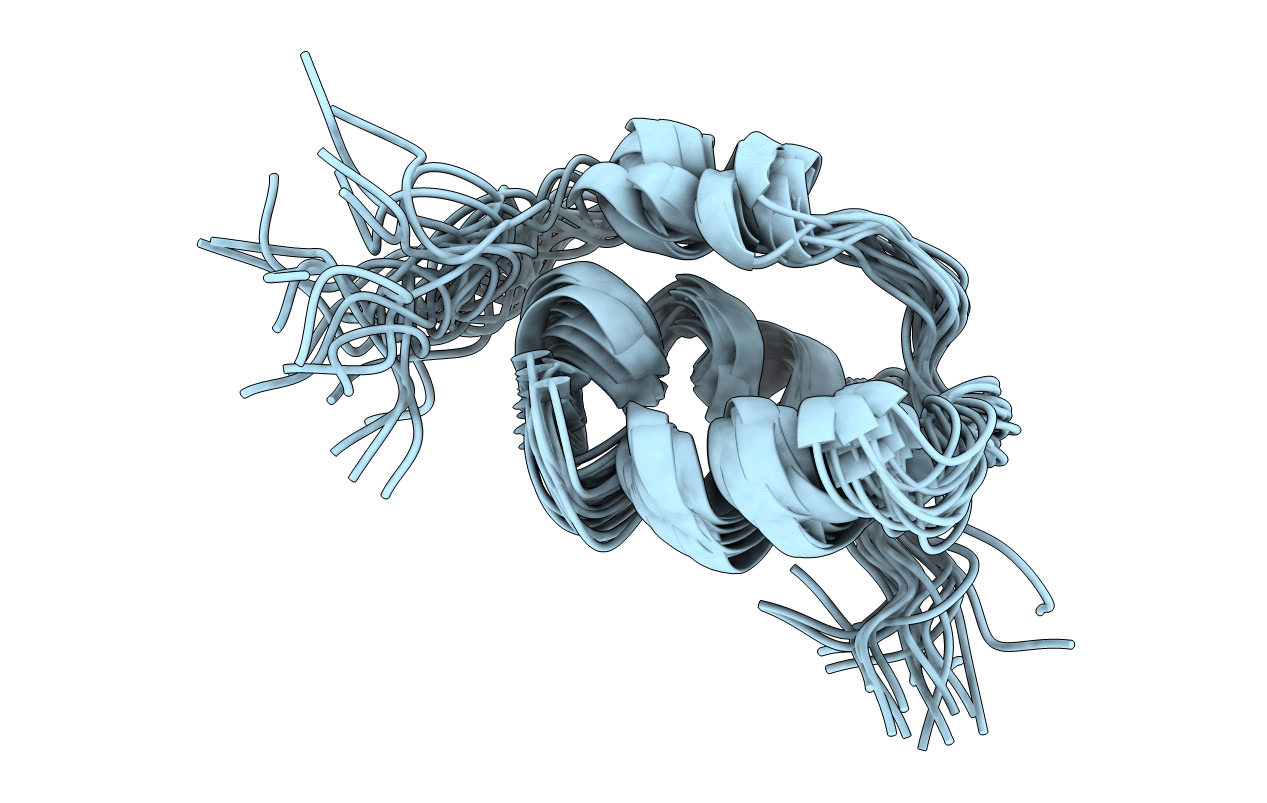
Deposition Date
2011-12-06
Release Date
2013-04-17
Last Version Date
2024-10-30
Method Details:
Experimental Method:
Conformers Calculated:
100
Conformers Submitted:
20
Selection Criteria:
target function


